Besides boring holes for pegs, or more recently, bolts, augers are also used to remove much of the waste wood from rectangular holes, such as mortises. Gimlets are often used for pre-drilling nail and screw holes. A woodworker would need a set of augers and gimlets in various sizes. As the handles are fixed, the woodworker would also need a lot of storage space.
Augers, Gimlets, and Braces, at Colonial Williamsburg
The Mästermyr Find, page 13
Auger, in Encyclopedia Britannica
Spoon auger - a carpenter's tool (BBC)
Another source (for information about all sorts of old hand tools) is:
Walsh, Peter C., Woodworking Tools 1600-1900, Smithsonian Institution. The e-book version is downloadable for free from Project Gutenberg. Information about augers is found starting at location 515.
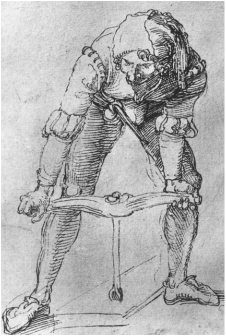
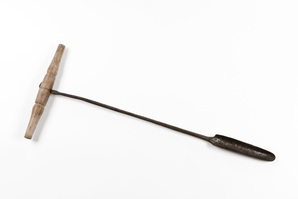
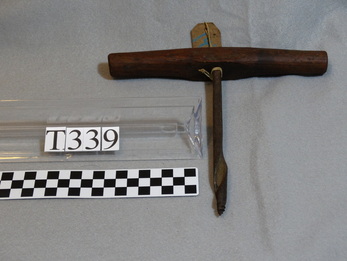
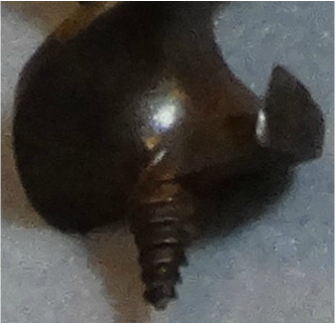
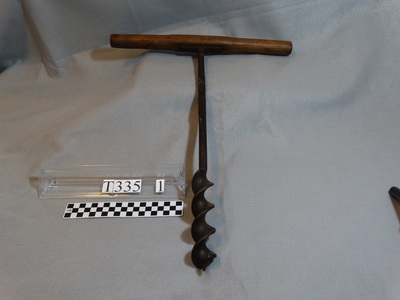
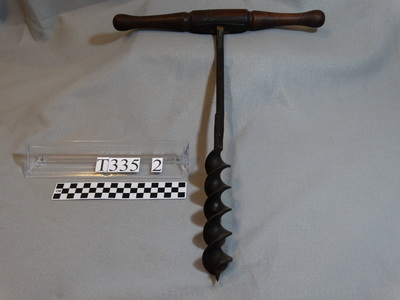

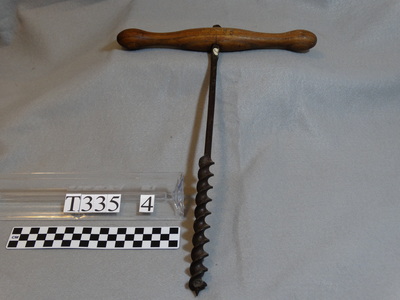
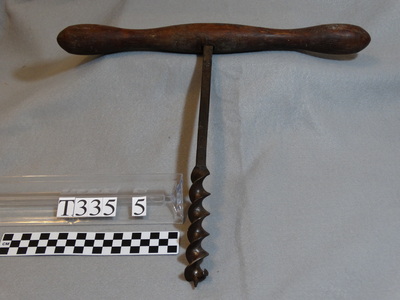
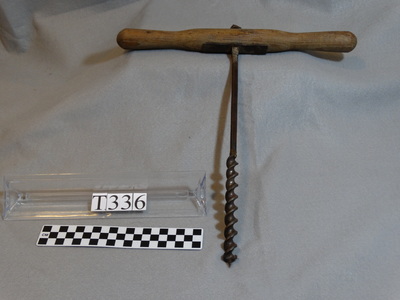
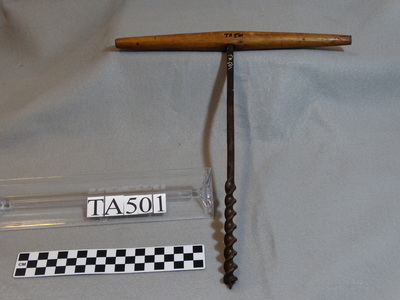
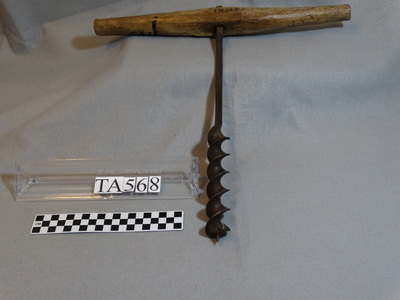
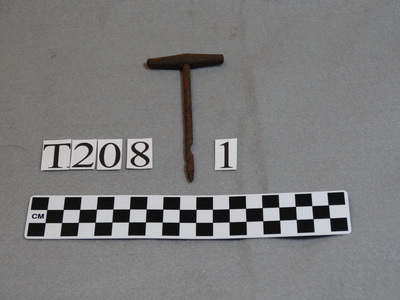
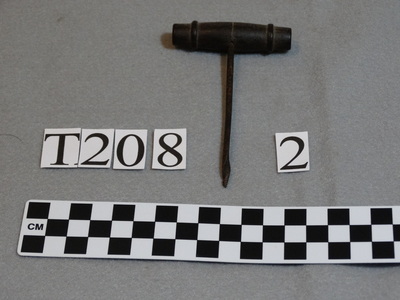
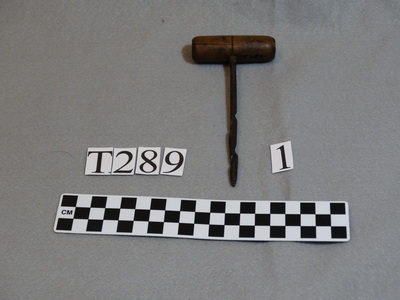
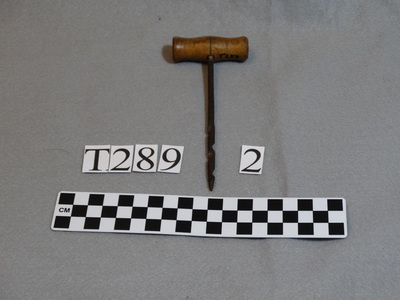
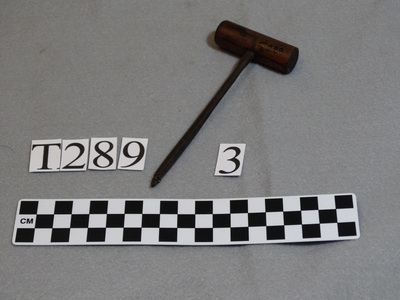
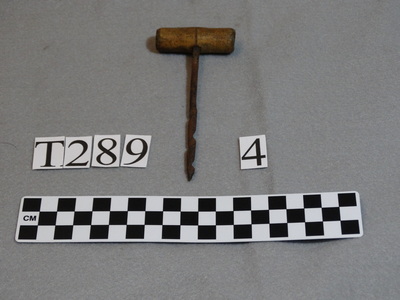
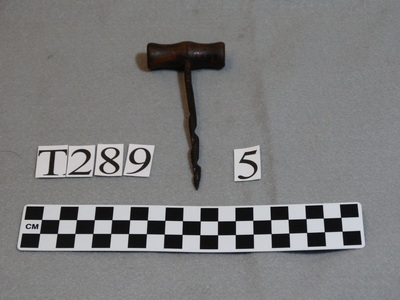
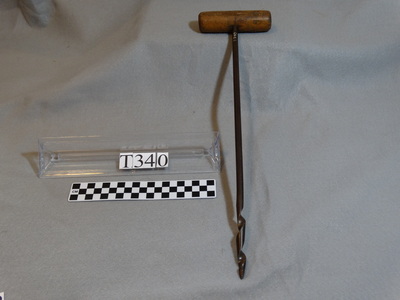
 RSS Feed
RSS Feed
